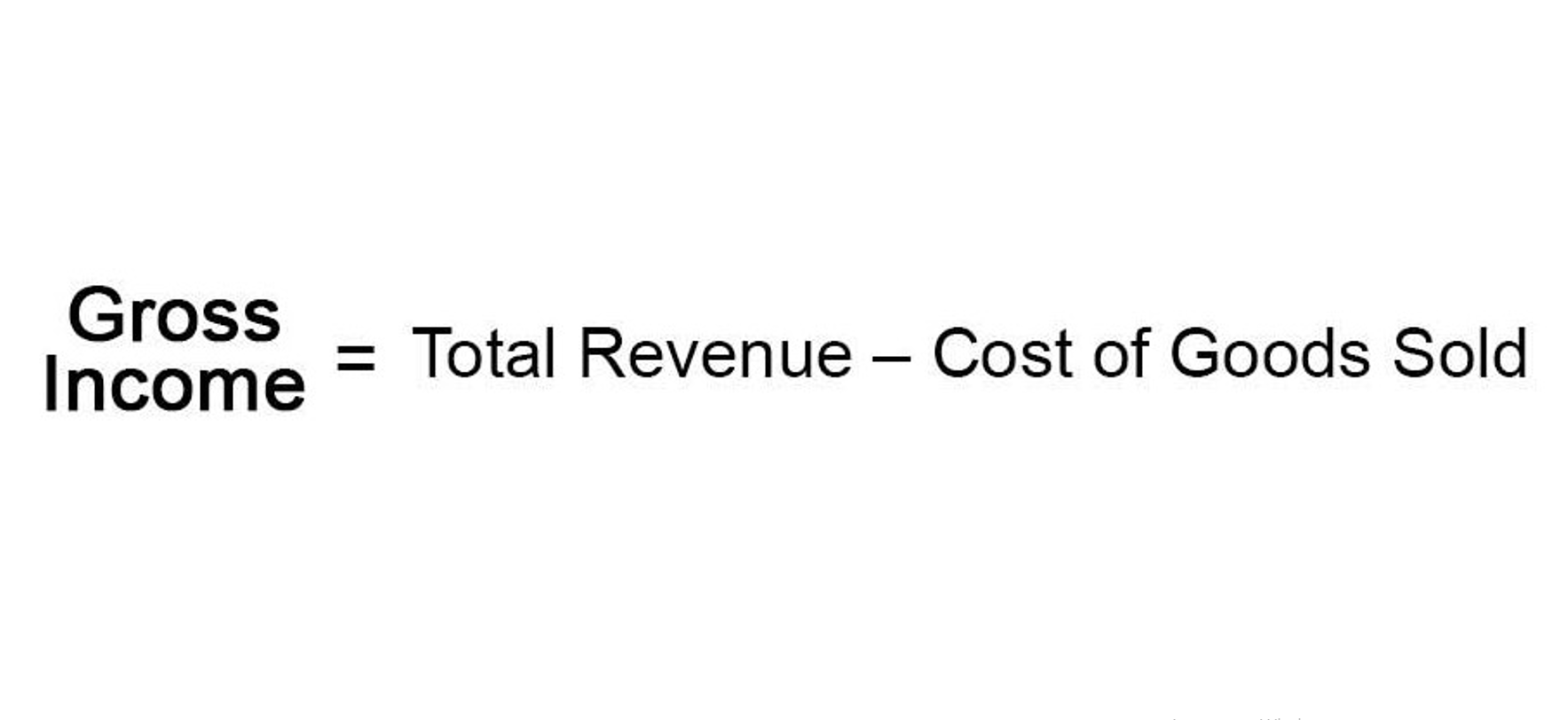How to Correct and Avoid Transposition Errors

A mismatch between expected and actual values may trace back to a small data entry mistake. Proper and prompt correction of documentation is vital when errors are identified in journal entries. Correcting these errors ensures that financial records remain accurate and compliant with internal controls and accounting standards. Implementing a rigorous review and verification process is essential for ensuring the accuracy of journal entries and compliance with accounting principles. This process involves multiple steps to verify the correctness of each entry, from initial recording to final approval.
Name Major Errors in Accounting: Common Mistakes to Avoid
- This site is not a recommendation nor an offer to sell (or solicitation of an offer to buy) securities in the United States or in any other jurisdiction.
- Transposition errors, while seemingly insignificant, can have a profound impact on data accuracy and decision-making.
- Whether it’s a simple transposition error or a more complex omission, these inaccuracies can lead to misleading financial statements, tax issues, and misinformed decisions.
- These types of errors require lots of time and resources to find and correct them.
- A transposition error in accounting can significantly impact financial accuracy by causing discrepancies between debits and credits.
- This error can be corrected by reducing the accounts receivable balance by the amount of the overstatement.
This could lead to inaccurate financial statements, affecting decision-making processes and creating difficulties in identifying and rectifying the transposed numbers. These errors can have a significant impact on how is sales tax calculated the accuracy of financial records, potentially leading to misleading financial statements and analysis. Identification and correction of transposition errors are essential for error detection, ensuring that the numerical data reflects the true financial position of an organization. Transposition errors may sound like a complex financial term, but they are actually quite common and have significant implications for businesses and individuals alike.
Financial Statements and Errors

From the risk, causes, and impact of transposition errors in business, to its preventive measures, this guide includes it all. One example of a transposition error in finance is when a company’s financial statements show a net income of $34,950 instead of the correct amount of $39,450. This is due to a transposition of the digits 3 and 9 in the calculation of net income. This practice not only adds an extra layer of scrutiny but also minimizes the likelihood of oversight in financial data.
- Additionally, accounting software can help prevent errors by providing a closing password, which ensures that no one can make changes to the books without authorization.
- Error in accounting incurs as a result of the wrong entry recorded by bookkeeper or accountant.
- Using a systematic checking process, such errors can be identified in manual bookkeeping.
- This is another accounting error where the transaction has been recorded at the correct amount; however, that transaction has been recorded on the wrong side.
- For example, if a business fails to properly report income or expenses, it can result in an underpayment or overpayment of taxes.
- One of the most common errors in accounting is the incorrect recording of transactions.
Warning Signs of a Transposition Error
Correcting entries are necessary to fix errors found during the audit or reconciliation process. Estimates are adjustments made for amounts that are uncertain or subject to change. For example, if a company estimates that a portion of its accounts receivable will not be collected, an adjusting entry would be made to reflect the expected loss. Deferrals are adjustments made for revenue or expenses that have been recorded but not yet earned or incurred. For example, if a company pays for insurance coverage for the next year in advance, an adjusting entry would be made to recognize the expense over the course of the year.

5 Reversal Errors
Identifying and rectifying these errors is crucial for maintaining the integrity and reliability of financial data for informed decision-making and regulatory compliance. These errors can occur when users input the wrong numerical figures into accounting software, which can then propagate through various financial statements and reports. Inaccuracies in recording transactions and failing to reconcile accounts can also contribute to transposition errors. Transposition errors most commonly arise from manual data entry mistakes made by bookkeepers, traders, or individuals filling out forms for financial transactions. From a legal standpoint, transposition errors can result in serious repercussions for businesses and individuals alike. For instance, if what is a transposition error a company fails to correct such mistakes and reports incorrect financial information, it could face increased tax liabilities or penalties from regulatory authorities.
Errors of Omission
Transposition errors can have substantial consequences in the trading world, particularly when large orders are processed manually instead of through automated systems. These events are commonly referred to as “fat-finger trades.” In one infamous instance, a trader mistakenly ordered 1.9 billion shares of Toyota stock instead of the intended 19 million. A transposition error occurs when the first two digits of a number are switched, creating a difference that is evenly divisible by nine.
Why Hiring Local Movers in Georgia Saves You Time and Money
A trial balance is a statement of all the ledger accounts with their debit and credit balances, which are then summed up to provide a total debit and credit balance. The trial balance is used to ensure that the total debits and credits are equal and to identify any errors that may have occurred during the accounting process. There are several factors that contribute to the occurrence of transposition errors. The most common cause is human error, which can be attributed to the inherent limitations of manual data entry.

They include procedures such as segregating duties, reconciling accounts, and reviewing transactions. Another common Debt to Asset Ratio error in accounting is the failure to reconcile bank accounts. Bank reconciliations are an important part of the accounting process, as they ensure that the balance in the bank account matches the balance in the accounting records. Overall, it is crucial for companies to ensure the accuracy of their financial statements to avoid errors that can affect the trial balance.

Transposition and Reversal Errors
The VAT payable here is overstated by $0.30, creating a small discrepancy in the financial records. One example of an error correction in accounting is the correction of an overstatement of accounts receivable. This error can be corrected by reducing the accounts receivable balance by the amount of the overstatement. Such errors misrepresent income reports, cash flow statements, and balance sheets.
Understanding Transposition Errors

Today, we are diving deep into a topic that is crucial for any business or individual managing their finances – transposition errors. Have you ever wondered what a transposition error is and how it could affect your financial records? In this blog post, we will explore the definition, causes, and consequences of transposition errors, and provide you with valuable insights to help you avoid them in the future.
